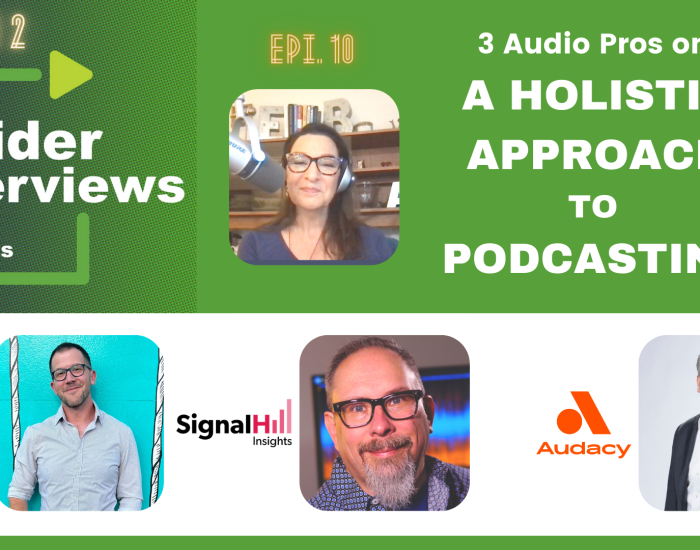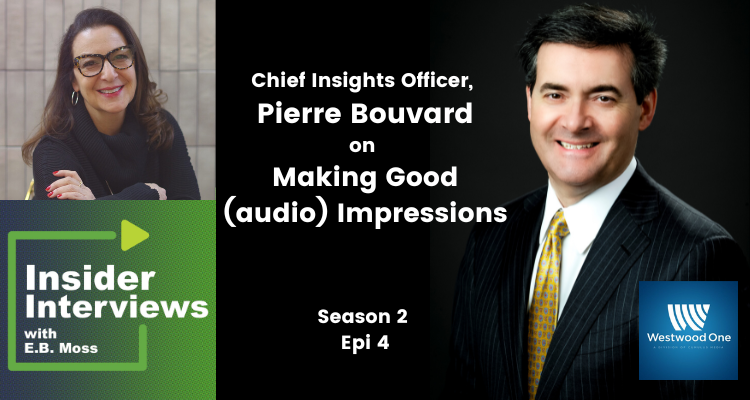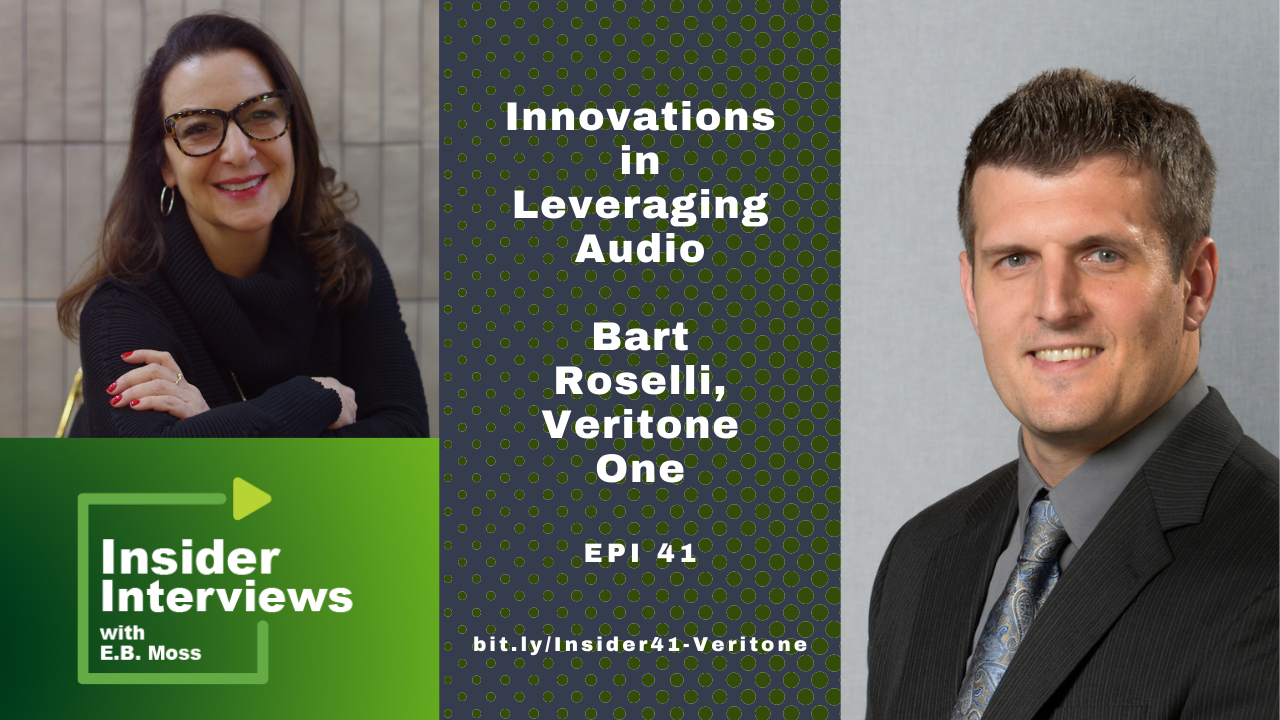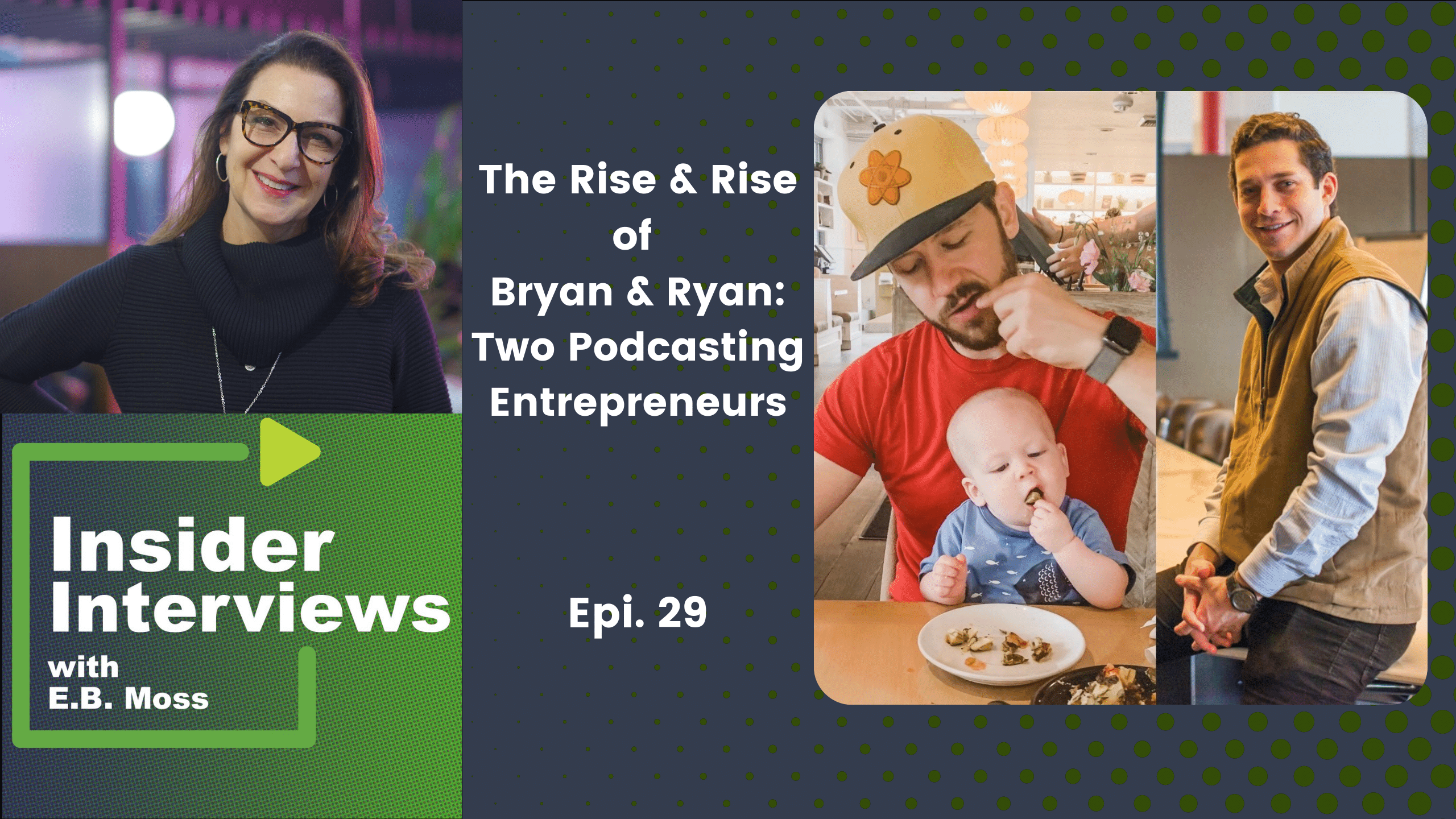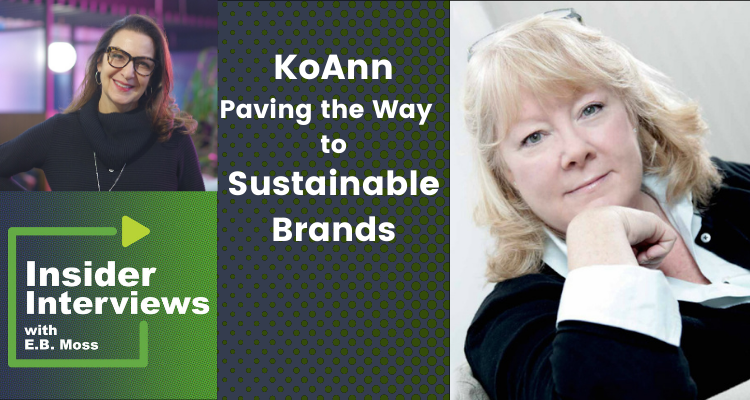A Holistic Approach to Podcasting
Podcast: Play in new window | Download (Duration: 54:48 — 75.7MB) | Embed
Subscribe or Follow Spotify | Android | Pandora | iHeartRadio | TuneIn | Deezer | RSS | More
A “holistic” approach sounds so virtuous – in a yoga pose kind of way. And when it’s applied to the business of podcasting it takes on an even healthier stance. Three wise guests explained exactly what it takes to approach podcasting as a unique medium and leverage all aspects of it to drive growth. In […]


